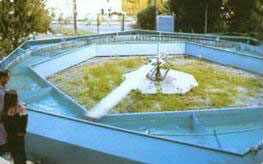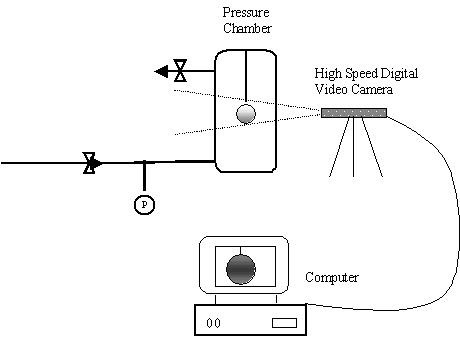[jbox radius=”1″ color=”gray”]
- Ramjet and Scramjet Propulsion
- Gel Propellants
- Hydrogen and Electric Energy Production and Storage; Fuel Cells
- Hybrid Propulsion
- Metal and Boron Combustion
- Marine Two-Phase Jet Propulsion and Bubbly Flows
- Solid Propellant Enhancement by Liquid Oxidizer Addition
Ramjet/Scramjet propulsion has been a major subject of research for over two decades. The emphasis has been on solid fuel ramjet (SFRJ) or scramjet combustors. Nevertheless, research on ducted-rockets (ram-rockets) has been conducted as well.
- Ramtech – Development and Flight Testing of a Solid Fuel Ramjet Vehicle
- Bypass Regulation of a SFRJ Combustor
- Solid Fuel Scramjet Combustor; Supersonic Combustion
Gel Propellants
The demand for high-performance and improved safety propellants for various rocket motor applications has been constantly increasing during the last decades and gels seem to be a promising answer to these requirements.
Hydrogen and Electric Energy Production and Storage, Fuel Cells
PhD Student: Ms. Shani Elitzur
Supervisors: Prof. Alon Gany, Dr. Valery Rosenband
A novel method of hydrogen production via a self-sustained reaction between powdered aluminum and water has been proposed, investigated and patented. Typically, aluminum is almost not reactive with water because of the existence of an oxide or hydroxide film on the particle surface, preventing fast chemical interaction. The novelty in the proposed invention is an original thermal-chemical treatment of the particles, causing activation of the aluminum powder. The method developed in-house is simple and efficient, indicating a breakthrough in hydrogen power technology. The aluminum treatment by a lithium-based activator causes modification of the surface hydroxide film structure, making it non-protective and substantially improving the interaction between the metal and surrounding water according to the following reaction:
Al + 3H2O —> Al(OH)3 + 3/2 H2
Hybrid Combustion
Experimental Investigation of Paraffin-Fueled Hybrid Combustion
Students (2007-2014): Alexandra Lazarev (PhD); Shani Ben-Basat (Sisi) (MSc)
Supervisor: Prof. Alon Gany
Experimental investigation of a laboratory hybrid motor employing paraffin fuel and gaseous oxygen as oxidiser.
Metal and boron combustion
Students: Moran Keidar, Ms. Gelena Stepura
Former Student: Ron Scheuer
Supervisors: Dr. Valery Rosenband, Prof. Alon Gany

- Metal and Boron combustion.
- Nickel-coated Aluminium particles.
Oxidation, combustion and agglomeration phenomena of metal and boron particles in air and as additives in metallized solid propellants and fuels have been investigated extensively. Metal powders are used as fuel components in high energy combustion systems (air breathing) as well as in solid propellants, because of their high density and high heat of combustion.
Marine Two-Phase Jet Propulsion and Bubbly Flows

- Marine Two-Phase Ramjet
- Two-Phase Flow ResearchStudents: Arik Shemer, Aviad Gofer, Herman Haustein
Former Students: and Scientists: Dr. David Albagli, Dr. Marat Mor, Hezi Varshay, Oren Koren, Shlomit Valensi
Supervisor: Prof. Alon Gany
Marine Two-Phase Ramjet
A new marine jet propulsion technology characterized by simplicity as well as very high cruise speed capability (as much as 100 knots), far beyond the speed range of conventional propeller propulsion, has been investigated. The operating principle of the marine jet technology is similar to that of the aeronautical ramjet engine. Water is ingested into the propulsion unit and is accelerated by the addition of compressed air to form a high-speed two-phase exhaust jet, resulting in a high thrust.
For more information >>
Go to Top
Solid Propellant Enhancement by Liquid Oxidizer Addition
In this work, a novel micro-hybrid combustion configuration is proposed, where liquid oxidizer capsules are embedded in a binder/propellant matrix, just as in conventional propellants solid oxidizer particles are contained in the polymeric binder. In the macro-scale, thermochemical calculations show that an optimal combination of a polymeric fuel (e.g. HTPB), aluminum and a liquid oxidizer, can theoretically increase the heat of combustion by 10%-20%, implying a potential enhancement of the specific impulse by 6% to 12% over conventional solid propellants.



